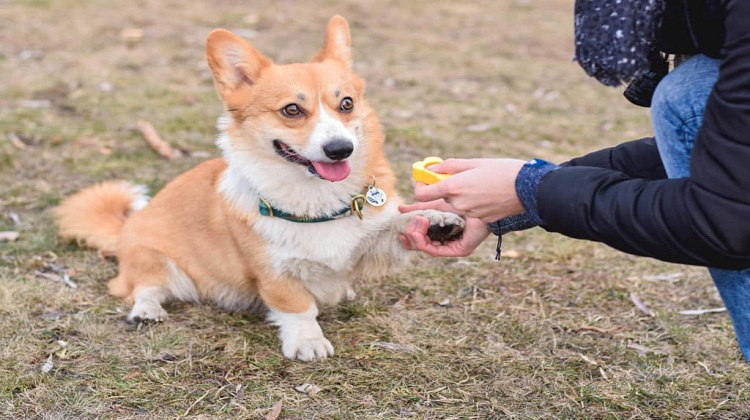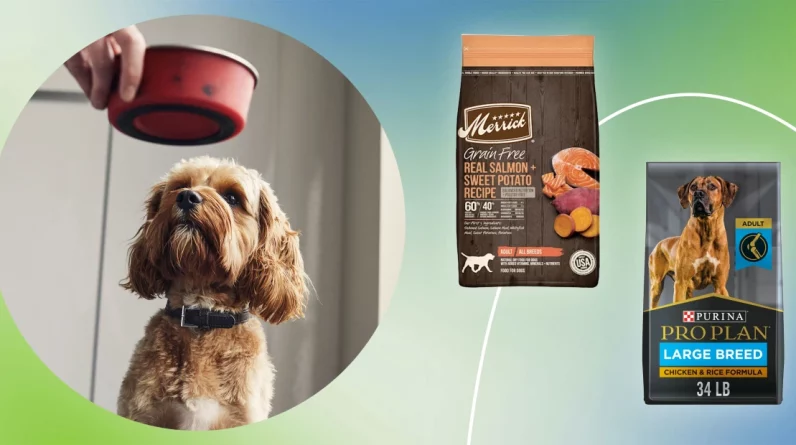
Positive reinforcement training allows you to involve your whole family without making anyone uncomfortable. It also eliminates the need to knee your dog in the groin or put them in physical danger.
You must understand what motivates your pet to make this training technique work. Some dogs are food-driven, and others respond to verbal praise or a quick game of tug.
Increased Confidence
Dogs who learn through positive reinforcement training become more confident. It means they are less fearful of new situations and more likely to respond to commands quickly. They also have a higher chance of keeping the skills they’ve learned longer.
In addition, using positive reinforcement is much more humane than other training methods. It doesn’t require you to yell at your dog or put yourself or another family member in danger. It allows all family members to get involved in the training process, which increases engagement and helps build a stronger bond with your pet.
For example, if your dog jumps up on people to greet them, you could use positive reinforcement to stop this behavior. It would involve ignoring them while jumping up, which will stop them from reinforcing the behavior by giving them attention. Then, once they’re calm and have all four paws on the ground, you can reward them with praise, attention, and treats.
Remembering that positive reinforcement only works when it’s consistent, predictable, and done immediately after the desired behavior is performed. In addition, it’s essential to vary the rewards you offer. While you should continue to reward the good behavior, you may need to move away from food treats and instead offer verbal praise or other forms of physical affection.
Less Aggression
Using Pawrade positive reinforcement, dogs are less likely to engage in problem behaviors. They don’t need to kneel or shock them in the groin with a collar, so they are motivated to offer good behavior. Conversely, dogs trained with aversive methods often only offer unwanted behavior to avoid pain or fear associated with the aversive. It is challenging to increase the quality of their training responses.
In addition, using aversives is often counterproductive to the goals of positive reinforcement training. Aversive training techniques often make your dog more reactive and suck their motivation to train right out of them.
It is because of an old-fashioned concept called operant conditioning, where behavior increases or decreases based on its consequences. For example, your dog barks up a storm every time the mailman arrives, but they don’t stop barking just because you want them to! You will need to work on replacing the unwanted behavior with something else—for instance, ignoring the mailman and rewarding their silence with treats.
This method of reducing unwanted behavior is called counterconditioning. You are replacing the stimulus that triggers the unwanted behavior with a more favorable one. It may take some time, but over time your dog will learn to associate the doorbell with a treat and will not bark at it as much.
Less Behavioral Problems
Dogs with owners who use positive reinforcement training tend to have fewer behavioral problems. It includes less attention-seeking, fear, and aggression. These dogs are also less likely to display unwanted behaviors in new situations, such as when their owner leaves the house or is on vacation.
Positive reinforcement uses something your dog loves, such as treats or praise, to increase the frequency of a behavior. It’s important to know that trainers who focus on this method do not employ any punishment. It is because punishment can lead to fear, stress, and even aggression in dogs.
You must learn about learning theory to understand the difference between positive and negative reinforcement. Positive reinforcement relies on operant conditioning, which says behavior increases or decreases based on consequences. For example, if you punish a dog for barking, it will learn that barking results in pain. Therefore, it will bark less in the future, but it will also be afraid of other dogs or the mailman.
With positive reinforcement, you reward the dog after they do what you want. It can be food, verbal praise, petting, or a favorite game or toy. Mixing the rewards is also important so your dog doesn’t get bored. For example, you might reward them for sitting but then switch to using treats or petting.
Better Communication
Positive reinforcement training will often allow you and your dog to communicate better. It is based on giving a desired behavior verbal praise and, if appropriate, treats. It is important to vary how often you reward so your dog doesn’t learn that they only have to respond every other time or every third time to earn a treat. It’s also important not to reward your dog for destructive behaviors as this will teach them that a specific behavior always gets them something. Instead, it’s best to ignore bad behavior and only provide affection, attention, or a game of fetch when they behave appropriately.
For example, suppose your puppy jumps up on people when you greet them. In that case, this is an undesirable behavior that can be scary (especially to children), cause damage and potentially injure someone. Positive reinforcement training teaches your dog to remain calm when you greet them and can help you avoid such problems.
It’s important to note that just because you use positive reinforcement doesn’t mean you should never correct inappropriate behavior. It is essential to keep correction time separate from positive reinforcement training, always use a firm and consistent tone of voice, and not put yourself or a family member in danger. Also, make sure to keep the corrections short and specific.






